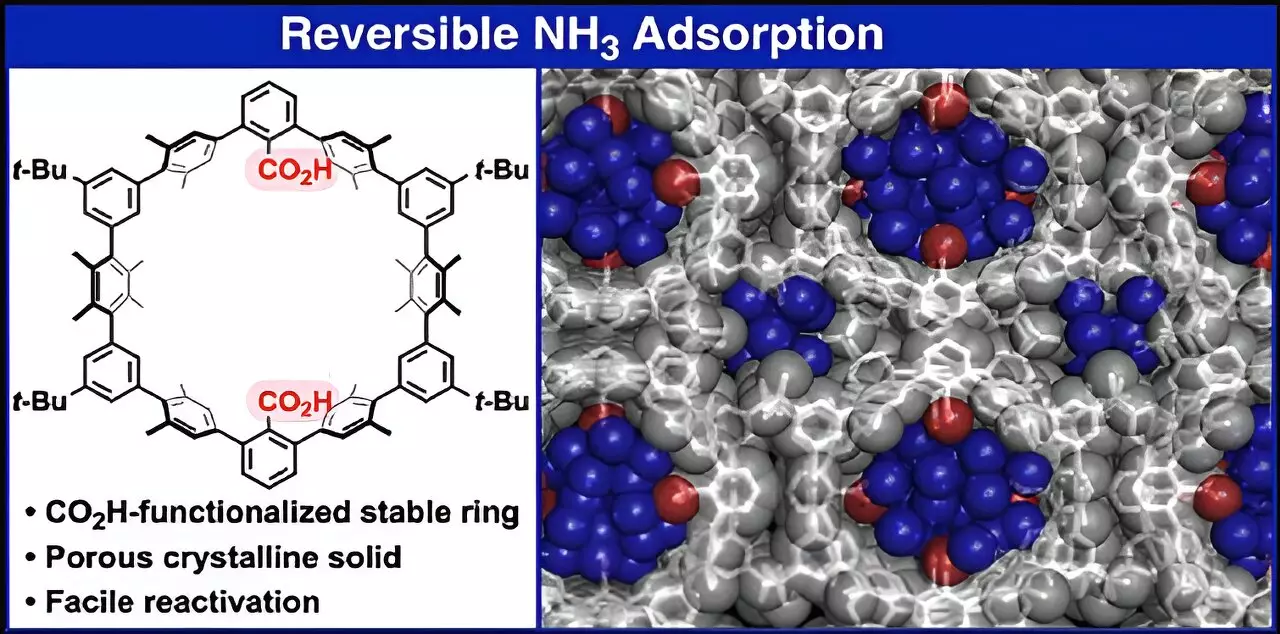As global concerns about climate change and environmental degradation continue to mount, the urgency for innovative energy solutions has never been greater. Traditional fossil fuels are not only finite but also contribute significantly to carbon emissions. In response, scientists worldwide are rigorously exploring next-generation energy technologies that the world can rely on, with hydrogen frequently hailed as a leading candidate for a cleaner future. Despite its potential, hydrogen faces significant storage and transportation challenges that hinder its widespread adoption. Enter the recent advancements spearheaded by a team of researchers from the Tokyo Institute of Technology and Tokyo University of Science, who are on the frontier of finding a more viable alternative: ammonia (NH3).
Ammonia as an Energy Carrier: A Game Changer
The innovative work led by Associate Professor Kosuke Ono has unveiled a breakthrough technology focused on ammonia. Historically, ammonia has been primarily associated with the agricultural sector, but researchers are rediscovering its potential as a robust energy carrier. Unlike hydrogen, which requires extreme conditions for storage—such as cryogenic temperatures or high-pressure tanks—ammonia can be stored and transported under much less stringent conditions. This quality not only makes it economically favorable but also extends the practicality of using ammonia within existing industrial infrastructures. Instead of reinventing the wheel, we could access a solution that integrates seamlessly with what we already know and have.
Ono’s research illuminates the multifaceted benefits of ammonia as a hydrogen source. When combusted, ammonia primarily yields nitrogen and water vapor, resulting in a carbon-free reaction— a defining feature for those seeking environmentally benign alternatives. This perspective reframes ammonia not just as an intermediate chemical but as a sustainable energy option in the war against climate change.
The Breakthrough: Crystalline 1a and Its Implications
The researchers’ recent creation of a novel compound, simply referred to as 1a, offers a groundbreaking approach to ammonia storage. This compound is formed into a crystalline solid known as 1a(N), characterized by its cyclic oligophenylene structure embedded with CO2H functional groups. The brilliance behind 1a lies not only in its ability to adsorb ammonia densely—achieving a packing density nearly equivalent to that of liquid ammonia—but also in its remarkable efficiency of release. This attribute addresses a long-standing challenge in the realm of gas adsorption: how to effectively recover the stored gas without residual contamination.
What makes this accomplishment particularly significant is the simplicity of the solution: reducing the pressure around 1a(N) is sufficient to trigger nearly complete desorption of the stored ammonia. Other conventional materials have historically struggled with residual ammonia leftover during the desorption phase, which complicates the process. The straightforward decompression technique marks a notable advancement, indicating that innovation does not always equate to complexity.
Broader Implications and Future Prospects
The capabilities of 1a(N) could transform how industries think about gas storage and transportation. From a strategic standpoint, the prospect of repurposing existing infrastructure for ammonia use is both economically savvy and environmentally sound. This presents a dual opportunity: we can bolster our transition from fossil fuels while breathing new life into older, established systems.
Furthermore, the structure of 1a presents a tantalizing possibility; by substituting the CO2H functional groups with other compounds, it may be possible to broaden its application to include the storage of various highly reactive gases such as HCl or Cl2. This paves the way for a multi-functional material that can adapt to multiple sectors within the chemical industry, reducing risks associated with the storage and transport of hazardous materials.
In shining a spotlight on these advancements, it is clear that the research team is not merely contributing to scientific literature but is carving out a tangible path toward a sustainable energy future. The ongoing pursuit of ammonia as an energy carrier may well reshape our energy landscape, enabling societies to take significant strides toward carbon neutrality while firmly distancing themselves from the shackles of fossil fuels. The age of ammonia may be on the horizon, and with it, the promise of resilience in energy innovation.

